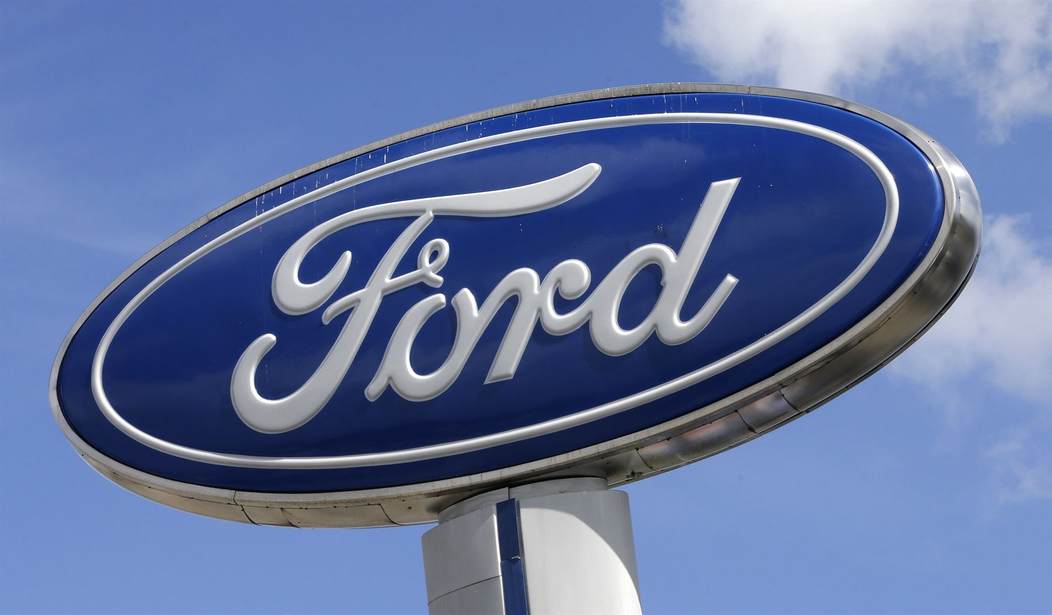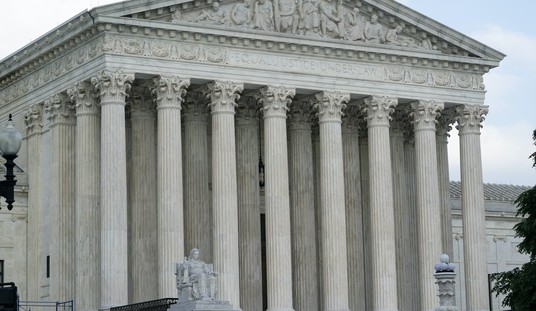The opinions expressed by contributors are their own and do not necessarily represent the views of RedState.com.
Recently, California’s hair gel king and ethically challenged governor gleefully noted that the EU was following California’s lead and would ban all manufacturing of gas-powered cars passed 2035. Gavin Newsom is running for president soon and wants you to know that he is leading the world in happy talk and things that make no sense.
As California goes, so goes the world! https://t.co/NBA6VWQU8x
— Gavin Newsom (@GavinNewsom) February 15, 2023
Does Gavin mean that Europe will soon be covered in human poop, littered with used needles, with homeless on every street and highway, and every park will be a tent city shanty with an overburdened electrical grid? That doesn’t sound all that enticing, Gov Hairgel.
As Newsom was announcing California’s push to cripple the power grid during future summers, Ford Motor Company is shutting down its production of the F-150 E paperweights. Ford announced that it was just one battery, that they identified the problem and are working to fix it.
“We are suspending production at the Rouge Electric Vehicle Center through at least the end of next week,” Bergg wrote in her message. “During a standard Lightning pre-delivery quality inspection, one vehicle displayed a battery issue. We believe we have identified the root cause of this issue. By the end of next week, we expect to conclude our investigation and apply what we learn to the truck’s battery production process; this could take a few weeks. We will continue holding already-produced vehicles while we work through engineering and process updates.”
In 2021, and again in 2022, Joe Biden famously sat in “E” vehicles and announced that the “future” is electric. He vowed to convert the entire federal fleet to electric. It hasn’t gone quite as Joe planned.
In a recent moment of lucidity (though it was mocked with laughter during the State of the Union), Biden admitted that the nation would be dependent on oil for at least 10 years. More like 100 years or more. E vehicles look great in commercials but they cannot fill the need for commercial vehicles or long-range trips or ships, in the foreseeable future. And it’s clear that once drivers run out of battery power like a dimming light on a dark night, you are stuck, not for minutes to fill a tank with gas, but maybe for hours as you plug in (if you can plug in). Although Ford’s production line was shut, it claimed its battery-driven trucks presently on the road are safe and fully charged:
We are not aware of any incidents of this issue in the field and do not believe F-150 Lightnings already in customers’ hands are affected by this issue,” Bergg added.
The Center Square on Monday reported Ford will build lithium iron phosphate batteries in the projected $3.5 billion BlueOval Battery Park the company will build in Marshall, just outside of Battle Creek and about 100 miles west of its Dearborn headquarters. State incentives include a $210 million Critical Industry Program grant from Michigan’s Strategic Outreach and Attraction Reserve Fund; $772 million in Renaissance Zone property; a real tax exemption over 15 years; and a $36 million loan.
Someone should tell this guy:
How’s your day going? 🙄😂 pic.twitter.com/q0IjM5kwYh
— Denise 🤌🐾🙏🏼🎶👩🏻🌾🧑🏻🍳🎣 (@NoDMsPerfavore) February 16, 2023
In my own city, the city council passed an ordinance banning all gas-powered gardening equipment and mandating that underpaid gardeners all convert to battery-powered garden equipment on January 1, 2023. What happened? Well, we are headed toward March and not a single gardener in my neighborhood has made the switch. Every day, gas-powered gardening tools are heard because gardeners can’t afford to make the change and battery-powered equipment won’t last the day. Facts are often inconvenient.
Oil is the lifeblood of the nation and will be for the foreseeable future. The uncomfortable truth for happy-talkers like Gavin Newsom is the vast majority of electrical plants, run on fossil fuels. Who says that? The federal government:
About 61% of this electricity generation was from fossil fuels—coal, natural gas, petroleum, and other gases. About 19% was from nuclear energy, and about 20% was from renewable energy sources.
My neighbors on both sides have Teslas. One has two Teslas. What they both have, in addition to their Teslas, are gas-powered SUVs.














Join the conversation as a VIP Member